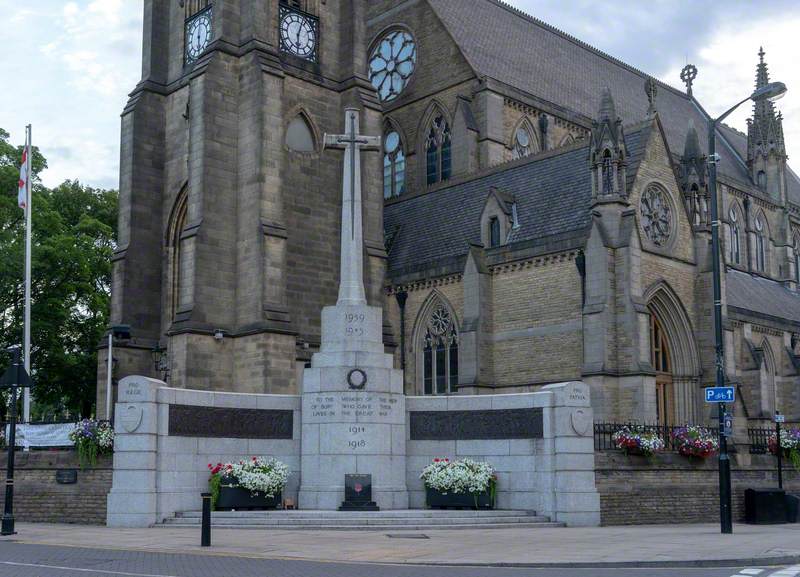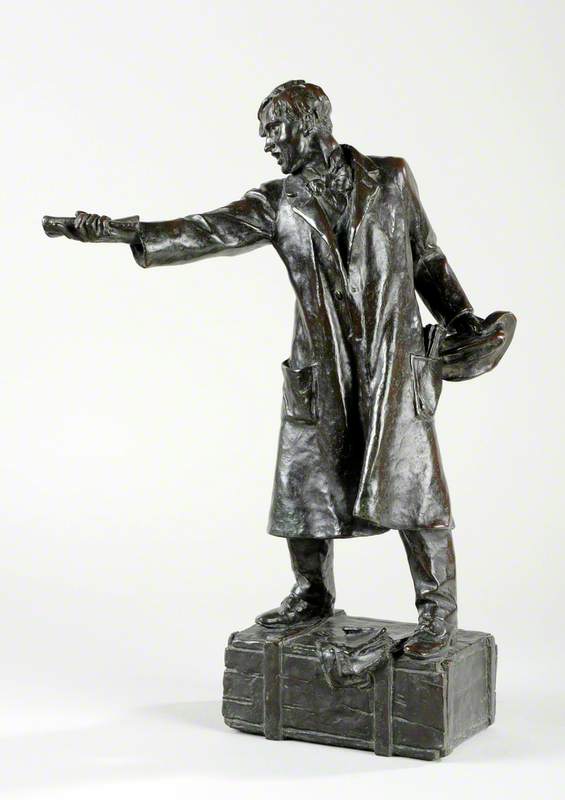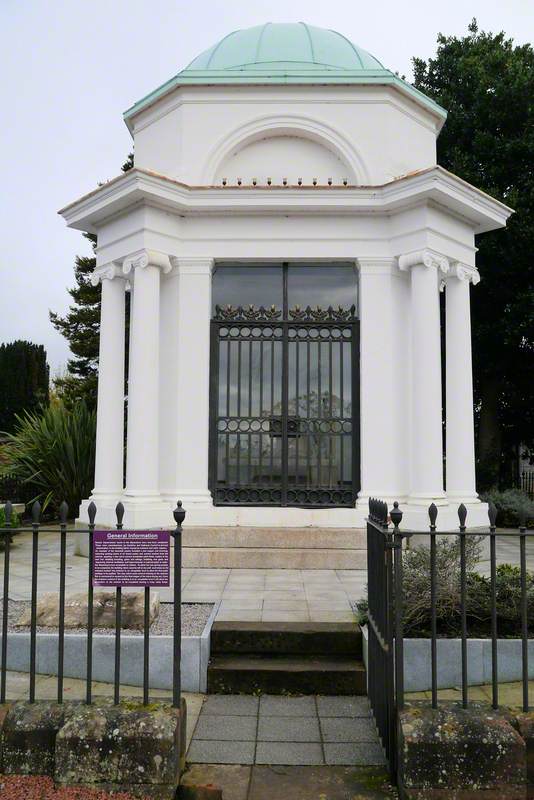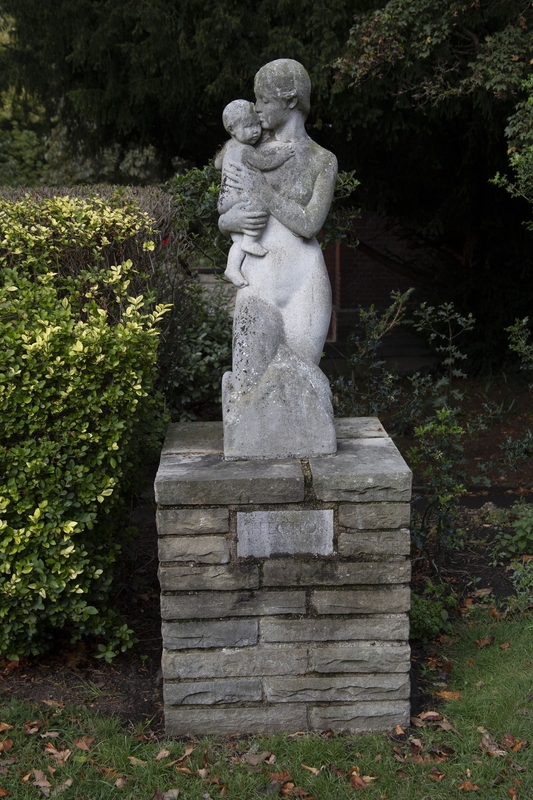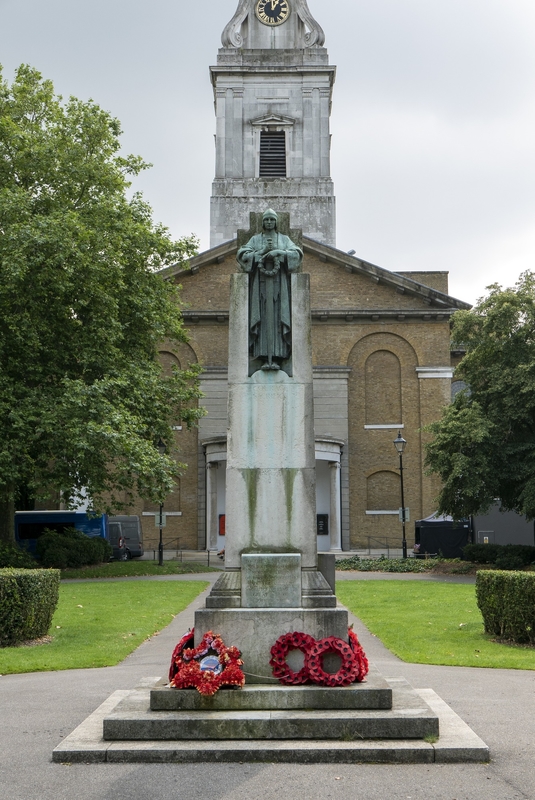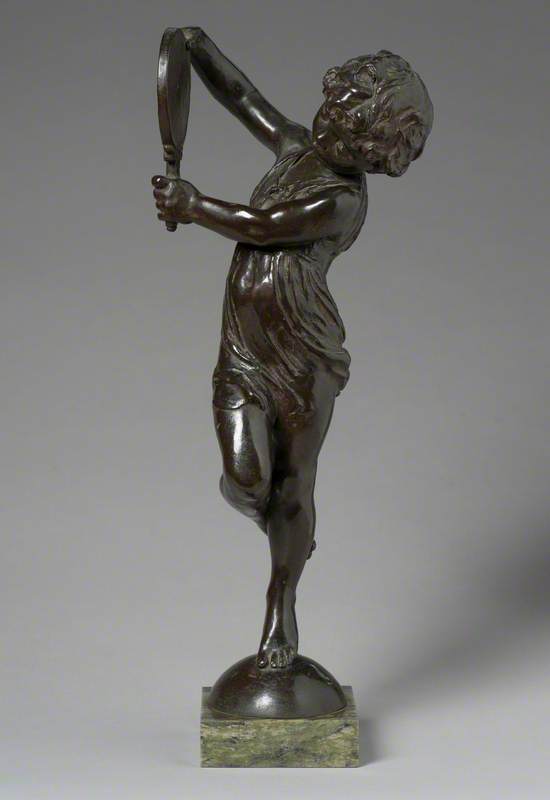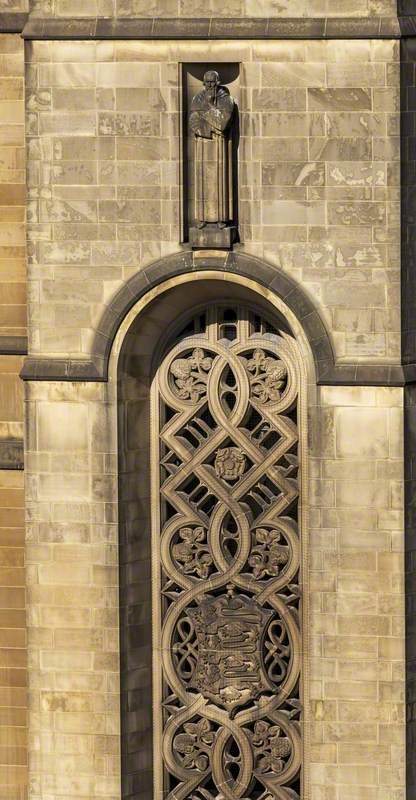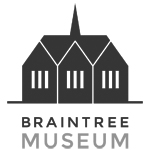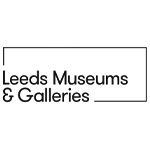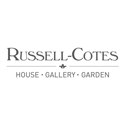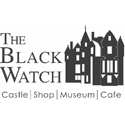Joseph Hermon Cawthra [commonly known as Hermon Cawthra] was born in Shipley Yorkshire, England on 5 March 1886. After leaving school, he was apprenticed to a monumental mason for seven years during which time he took evening classes at the art school in Shipley. He then studied at Leeds School of Art from 1907 to 1909 before attending the Royal College of Art in London from 1909 to 1911; and the Royal Academy Schools in London from 1912 to 1914. He was awarded a Landseer Scholarship in 1913.
Cawthra was found unfit for military service during World War Two and instead carved propellers for the Royal Flying Corps. Following the war, he worked briefly for the sculptor Paul Montford before setting up his own studio.
During the 1920s he received several commissions to design war memorials including for the Church of St John-at-Hackney, Hackney, London (1921); Monifieth, Angus (1921); Bootle, Merseyside (1922); Gwersyllt, Wrexham (1923); and Bury, Lancashire (1924). Other notable commissions included a memorial to Reginald Brabazon, 12th Earl of Meath at Lancaster Gate, London (1934); "Peace and Plenty" and "Benevolence and Prudence", stone relief sculptures at 37-39 Corn Street, Bristol (1935); A statuary group for the Burns' Mausoleum in Dumfries (1936); "Commerce", "Cotton", "Philosopher" and Counsellor" stone relief sculptures for the extension to Manchester Town Hall (1938); and a stone memorial tablet for Reginald Brabazon, 12th Earl of Meath at St. Paul's Cathedral, London (1953).
Cawthra exhibited at the Royal Academy in London; the Walker Art Gallery in Liverpool; Russell-Cotes Art Gallery in Bournemouth; and at Glasgow Institute of the Fine Arts. He was elected a member of the Royal Society of British Sculptors (RBS) in 1921; an Associate of the Royal Society of British Sculptors (ARBS) in 1923; a member of the Art Workers Guild in 1927; and a Fellow of the Royal Society of British Sculptors (FRBS) in 1938.
When World War Two broke out he taught for a period at Brighton School of Art. From 1941 until the end of the war he was Head of Sculpture at Hull School of Art. He then taught part-time at Bournemouth College of Art until his retirement at the age of 70.
Cawthra died on a visit to Cottingley, Yorkshire on 1 September 1971. His address at the time of his death was 65 York Avenue, London.
Text source: Art History Research net (AHR net)
